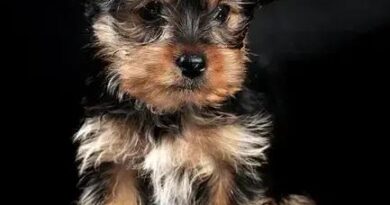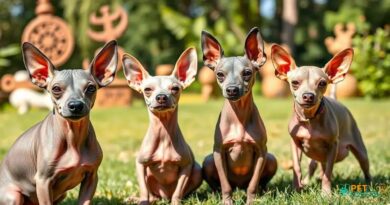O que é Pelo
What is Fur?
Fur is the dense coat of hair that covers the skin of many animals, particularly mammals, including dogs. It serves multiple purposes, such as providing insulation, protection from the elements, and a barrier against external parasites. In dogs, fur varies significantly in texture, length, and color, depending on the breed and genetic factors. Understanding the characteristics of a dog’s fur can help owners provide better care and grooming tailored to their pet’s needs.
The Structure of Dog Fur
Dog fur is composed of two main types of hair: the undercoat and the guard hairs. The undercoat consists of soft, fluffy hairs that provide insulation, while the guard hairs are longer and coarser, protecting the undercoat and skin from moisture and dirt. This dual-layer structure is essential for maintaining a dog’s body temperature and overall health. Different breeds exhibit varying proportions of these hair types, influencing their grooming requirements and susceptibility to environmental conditions.
Types of Dog Fur
There are several types of fur found in dogs, including short, medium, and long hair. Short-haired breeds, like Beagles and Boxers, have fur that lies close to the body, requiring minimal grooming. Medium-haired breeds, such as Cocker Spaniels, have a more varied texture and may require regular brushing to prevent matting. Long-haired breeds, like Afghan Hounds and Shih Tzus, need frequent grooming to maintain their luxurious coats and prevent tangles. Understanding these types helps owners choose the right grooming tools and routines.
Fur Color and Patterns
The color and patterns of a dog’s fur can be incredibly diverse, ranging from solid colors to intricate patterns like brindle, merle, and spotted. These variations are influenced by genetics and can change over time, particularly as dogs age. Some breeds are known for their distinctive coat colors, which can affect their popularity and desirability. Owners often take pride in their dog’s unique fur patterns, which can also play a role in breed identification and classification.
Seasonal Shedding
Many dogs experience seasonal shedding, a natural process where they lose old fur to make way for new growth. This typically occurs in spring and fall, aligning with temperature changes. Shedding can vary widely among breeds, with some dogs shedding more than others. Regular grooming during shedding seasons can help manage loose fur and minimize the amount of hair around the home. Understanding your dog’s shedding patterns can aid in maintaining a clean living environment and promoting healthy skin.
Fur Care and Grooming
Proper fur care is essential for a dog’s health and well-being. Regular grooming helps remove dirt, debris, and loose fur while promoting healthy skin and coat. Different breeds require different grooming techniques, from simple brushing for short-haired dogs to more complex grooming routines for long-haired breeds. Bathing should be done as needed, using dog-specific shampoos to avoid skin irritation. Additionally, regular check-ups with a veterinarian can help identify any underlying skin issues that may affect a dog’s fur.
Fur and Health Indicators
A dog’s fur can be a significant indicator of its overall health. A shiny, well-groomed coat often signifies good nutrition and health, while dull or patchy fur can indicate underlying health issues, such as allergies, parasites, or nutritional deficiencies. Owners should regularly inspect their dog’s fur and skin for any unusual changes, such as excessive shedding, bald patches, or signs of irritation. Early detection of these issues can lead to timely veterinary care and improved health outcomes.
Fur and Temperature Regulation
Fur plays a crucial role in a dog’s ability to regulate its body temperature. The undercoat provides insulation against cold weather, while the guard hairs help protect against heat and moisture. Dogs with thick fur may struggle in hot climates, making it essential for owners to monitor their pets during extreme temperatures. Providing shade, fresh water, and avoiding excessive exercise during heat can help keep dogs comfortable and safe. Understanding how fur functions in temperature regulation is vital for responsible pet ownership.
Fur and Breed Characteristics
Different dog breeds have evolved with specific fur types that suit their original purposes, whether for hunting, herding, or companionship. Breeds like the Siberian Husky have thick, double coats designed for cold climates, while breeds like the Dalmatian have short, sleek fur suited for warmer environments. Recognizing these breed characteristics can help owners provide appropriate care and grooming, ensuring their dogs remain healthy and happy. Additionally, breed-specific fur traits can influence training and behavior, making it essential to understand these aspects.




